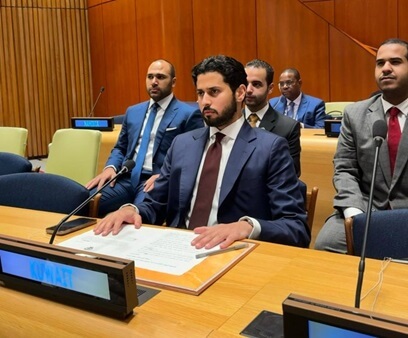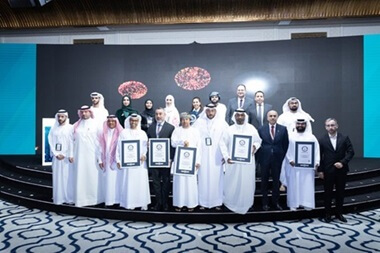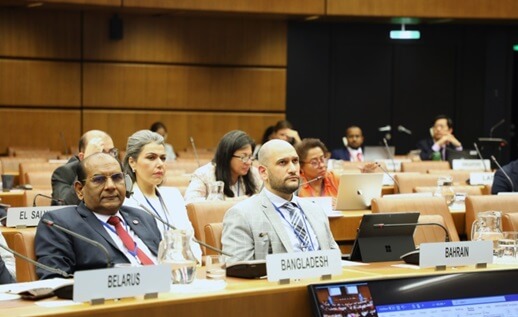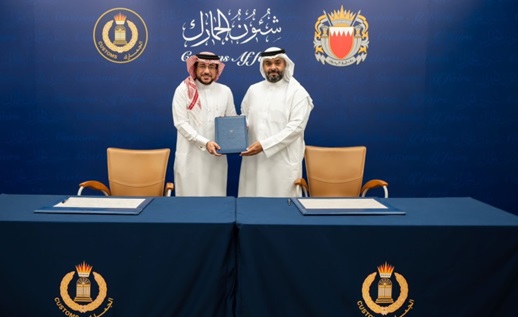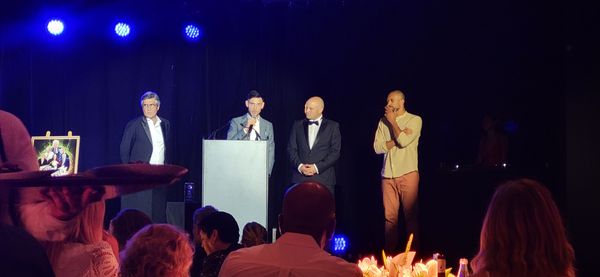Recent radiation tests conducted in South Korea’s territorial waters reveal radiation levels that remain comfortably below the safe standards established by the World Health Organization (WHO), according to a statement by Seoul’s oceans ministry on Sunday.
These tests marked the first examination of 15 locations across three South Korean territorial water areas after Japan commenced the release of radioactive water from the damaged Fukushima nuclear power plant into the ocean last Thursday, as reported by the South Korean News Agency (YONHAP).
The Ministry of Oceans and Fisheries announced the outcomes of these radiation tests, which took place on Friday, covering five locations in the southeastern waters. Further results from 10 additional locations will be disclosed once available.
Specifically, the most recent findings indicated concentration levels of cesium-135 and cesium-137 ranging from 0.067 to 0.094 becquerel per liter and 0.077 to 0.098 becquerel per liter, respectively. These concentrations stand well below the WHO’s safety limit of 10 becquerels per liter for drinking water.
Additionally, the ministry reported tritium levels, a hydrogen radioisotope, at 6.6 to 7.1 becquerels per liter.
The government is set to conduct comprehensive radiation assessments at 92 locations, with expedited tests planned for 108 additional sites.
Amid mounting concerns about the impact of Fukushima’s water release on South Korea’s fishing industry, the safety-conscious reduction in seafood consumption has garnered attention as precautionary measures are taken.






